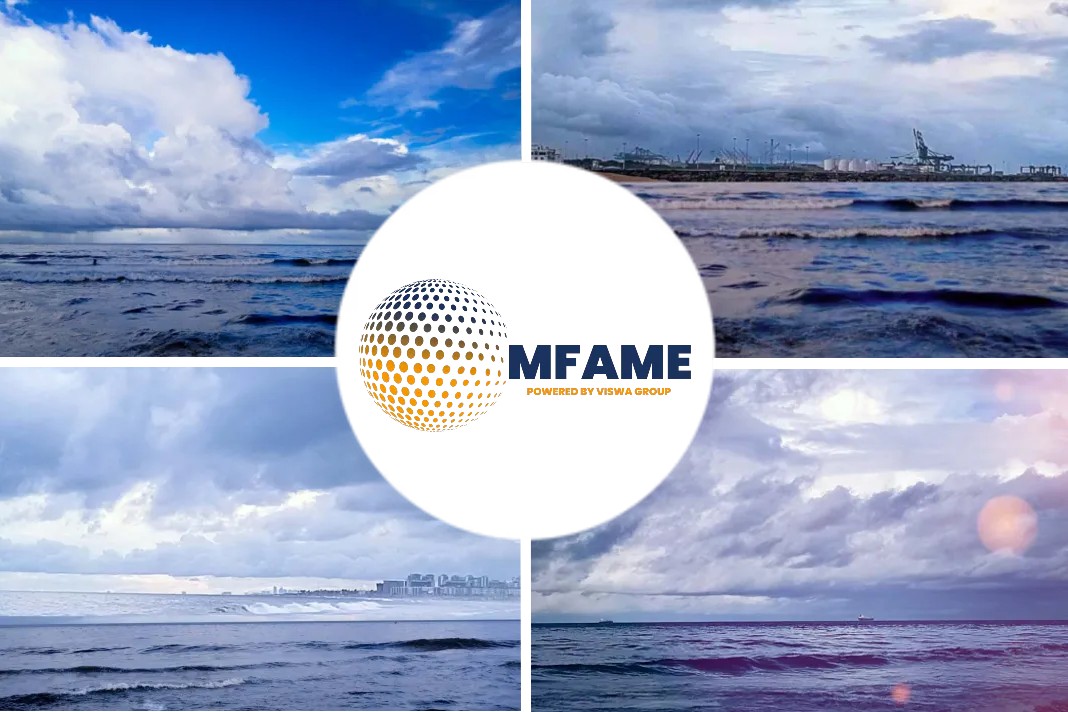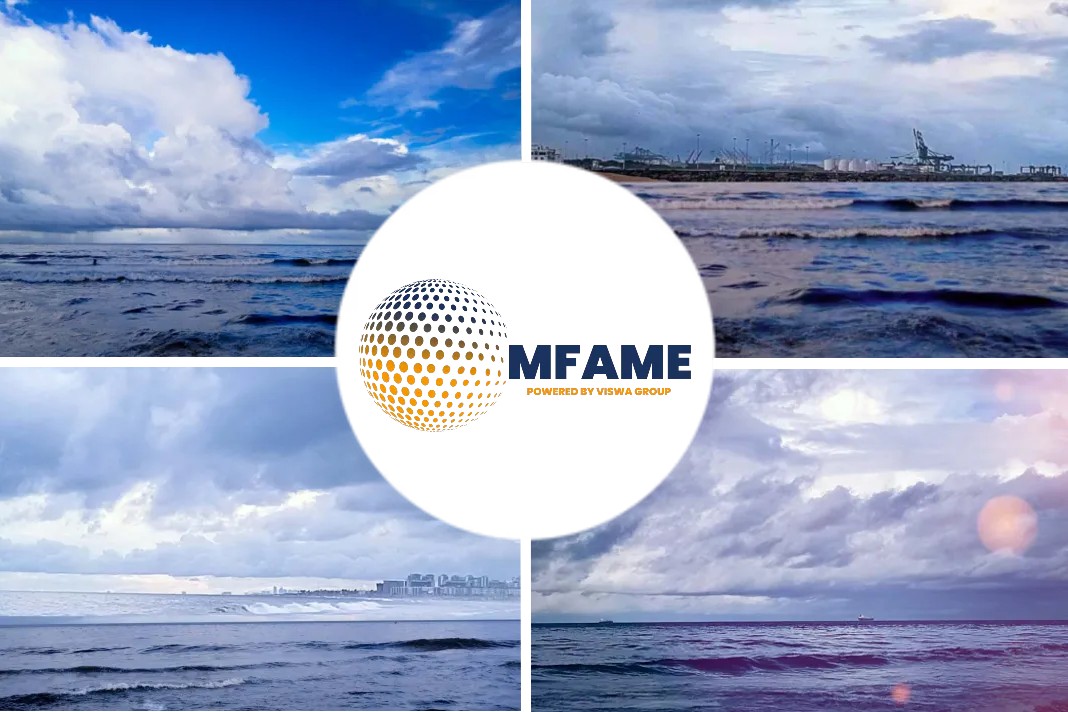Last week happened to be the busiest week for the Ballast Water Review Group at IMO’s Marine Environment Protection Committee (MEPC 74). And possibly a frustrating one: ballast water topics were originally listed for discussion but the report of that day gives an idea of how time was swallowed up. Tuesday (14 May) began with the chairman saying that we were already a day behind schedule and it was gone lunchtime before we finally turned to ballast water, with 36 documents listed for discussion, not to mention outputs from the previous two meetings of MEPC’s Sub-Committee on Pollution Prevention and Response (PPR 6 and PPR 5), writes Paul Gunton in an article published in the Ship Insight.
The Important Agendas
A previous report published by the Manifold Times shows that the Marine Environment Protection Committee’s 74th session (MEPC 74) meeting between 13 to 17 May at International Maritime Organization (IMO) headquarters in London had issues such as the reduction of greenhouse gas emissions from ships on the agenda, following up on the initial IMO strategy on reduction of greenhouse gas (GHG) emissions from ships.
- A set of draft guidelines and guidance documents to support the implementation of the 0.50% sulphur limit from 1 January 2020 was set to be approved in the week.
- The adoption of MARPOL amendments to strengthen requirements regarding discharge of high-viscosity substances, such as certain vegetable oils and paraffin-like cargoes
- Follow-up to the follow up on the IMO Action Plan to address marine plastic litter from ships
Implementation of the Ballast Water Management Convention - Approval, for future adoption, of draft amendments to the International Convention for the Control of Harmful Anti-fouling Systems on Ships (AFS), to include controls on the biocide cybutryne
MEPC 74 the last opportunity?
“MEPC74 is the last opportunity to ensure the safe, smooth and consistent implementation of the global 0.5% sulfur content marine fuel regulation from 2020 and effectively address the many and serious challenges that arise,” said Theodoros Veniamis, President of the Greek Union of Shipowners.
“This last opportunity should not be a missed opportunity.”
Gaps in IMO 2020 Regulation
He pointed out many well-known gaps in the IMO 2020 regulation which may lead to practical problems in its implementation and enforcement that need to be resolved.
The British Ports Association, meanwhile, notes it is watching IMO with “apprehension” this week, according to its Chief Executive.
“Slow steaming has a role to play, and already has helped bring down emissions,” said Richard Ballantyne, commenting on proposals for mandatory speed limits.
“These proposals should be debated in a robust manner, but we have some concerns over mandatory slow steaming”.
“It is not a panacea and may well have knock-on effects that have not been fully considered. Access to ports for certain vessels is often dependent on factors such as the weather and tides, and mandatory speed limits could make it more difficult for vessels and ports to plan calls.”
How did the meeting proceed?
- The review group had been released on Monday (13th May) morning to start its work early, so it has a chance of delivering its report back to the plenary session on Thursday or Friday.
- That report, of course, may not support all of the proposals sent for review and some were nominated to be passed to PPR 7 early next year.
- Most of the papers were available before the meeting on the IMODOCS website and they will all be available after the meeting so this brief review looks at just some of those that came up for discussion in the plenary session.
- Before that, however, the secretariat presented a summary of the information so far gathered during the Ballast Water Management Convention’s experience-building phase.
The Cost of Analysing Data
Since December 2018 there has been a dedicated area for this in IMO’s Global Integrated Information System (GSIS) but no data has been received so far, the meeting heard, although some member states plan to start submitting information in the near future.
This is disappointing; it is essential that any future amendments to the convention are based on practical experience. It is also worth noting that the cost of analysing the data requires its own funding but, as of Tuesday, just four IMO member states had contributed towards that, with a fifth declaring a planned contribution during the meeting.
Topics Covered in the Session
As for the topics covered during the session, the first one up for discussion involved the International Ballast Water Management Certificate (IBWMC), addressed in a joint paper by China and IACS (MEPC 74/4/14, if you would like to read it in full via IMODOCS).
Its current form is too simple, its backers said, with very few options offered, leading to inconsistencies in how it is completed and confusion for port state control inspections. The paper includes a proposed alternative certificate format. This may seem an esoteric point, but most of the comments during discussion were supportive, with one delegation saying that there was “a compelling need” for more clarity. Others had concerns about some of the proposal’s details and it was referred to the review group for its consideration.
Another paper (MEPC 74/4/12) that was passed to the review group aims to make it a requirement that ballast water management systems are tested during their commissioning, something that the BWMS does not require. IACS had highlighted this anomaly at MEPC 72, describing it then as “a fundamental problem” and MEPC 73 had invited proposals for an amendment, which the Bahamas had responded to for this meeting.
It has proposed an amendment to regulation E-1 in the BWMC to specifically mention the commissioning test and an indicative analysis, both for initial and additional surveys when a BWMS is installed on an existing ship. There would also be a corresponding amendment to the BWMS Code.
A third topic concerns a new concept, introduced by Nigeria: a ‘port with acceptable risks’ (MEPC 74/4/8). This is intended to provide an exemption from fitting a BWMS for ships that operate between ports that have installed onshore type-approved BWMS facilities from which a ship could pre-load treated ballast water that could be discharged on arrival. This would “enhance compliance with the convention, especially in developing countries,” its submission said.
Will these BWMS Proposals come into force?
But these would probably not come into force until 2021, one delegation pointed out, and urged the committee to reiterate some previous encouragement that tests are conducted “to avoid confusion and ensure the validation of tens of thousands of installations” that will begin later this year.
IACS welcomed the proposal; “we are very grateful for this paper,” its delegation said.
BWMS Contamination Risk
In discussion, delegates raised concerns over some details, such as the risk of contamination of the loaded ballast or regrowth during a voyage, which could make the water non-compliant on discharge, but were generally supportive of the concept and it was referred to the review group to consider if it had time.
Same Risk Area Between 2 Countries
Finally, a joint paper by China and South Korea (MEPC 74/4/15) offered comments based on their experience of trying to establish a same risk area (SRA) for the waters between those two countries and finding a number of difficulties in doing so. They proposed setting up a correspondence group but the conference chair declared that the presentation did not constitute a specific request to do that and asked China to submit a concrete proposal to a future meeting.
Did you subscribe to our daily newsletter?
It’s Free! Click here to Subscribe!
Source: Ship Insight, Manifold Times















